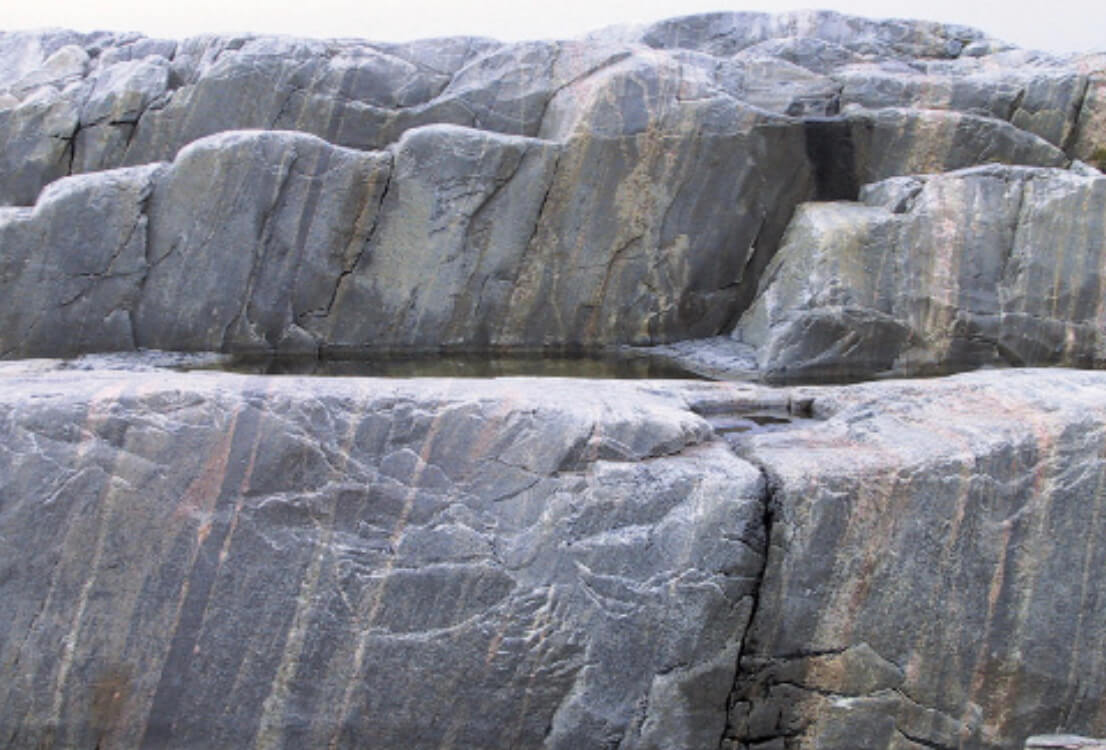
How to Cite
Share
Abstract
One of the first detailed accounts of Precambrian supracrustal rocks in central West Greenland came from a small group of islands and skerries a few kilometres north-east of Aasiaat (Fig. 1). In 1948, K. Ellitsgaard-Rasmussen spent a few days on the islands and published a metamorphic study of their low-grade greenstones and aluminous clastic rocks (Ellitsgaard-Rasmussen 1954). He observed a striking dissimilarity between these supracrustal rocks and the grey gneisses found in most of the Aasiaat region, although the latter were at that time also assumed to be of supracrustal origin. He furthermore noted that the regional significance of the islands should be pursued, and that the island of Maniitsoq 4 km west of the small islands might hold a key to their interpretation. More than 50 years were to elapse before the islands were surveyed again in July 2003, during field work for the Ikamiut map sheet in the northern Nagssugtoqidian orogen (van Gool et al. 2002). The collision of two Archaean continents during the c. 1850 Ma Nagssugtoqidian orogeny caused intensive structural and thermal reworking at up to granulite facies grade in most of central West Greenland; see Connelly et al. (2000) and van Gool et al. (2002). The small islands north-east of Aasiaat are indeed regionally important, because they document a previously unrecognised low-grade, low-strain domain of presumed Archaean age that has largely escaped the Nagssugtoqidian orogeny, and as predicted by Ellitsgaard-Rasmussen (1954) a clue to their significance was found on Maniitsoq.
How to Cite
Share
Downloads
Editors: Martin Sønderholm & A.K. Higgins
The Review of Survey activities presents a selection of 23 papers reflecting the wide spectrum of activities of the Geological Survey of Denmark and Greenland, from the microbial to the plate tectonic level.
The Survey's activities in Denmark are documented by ten papers. These include discussion of the [...]










